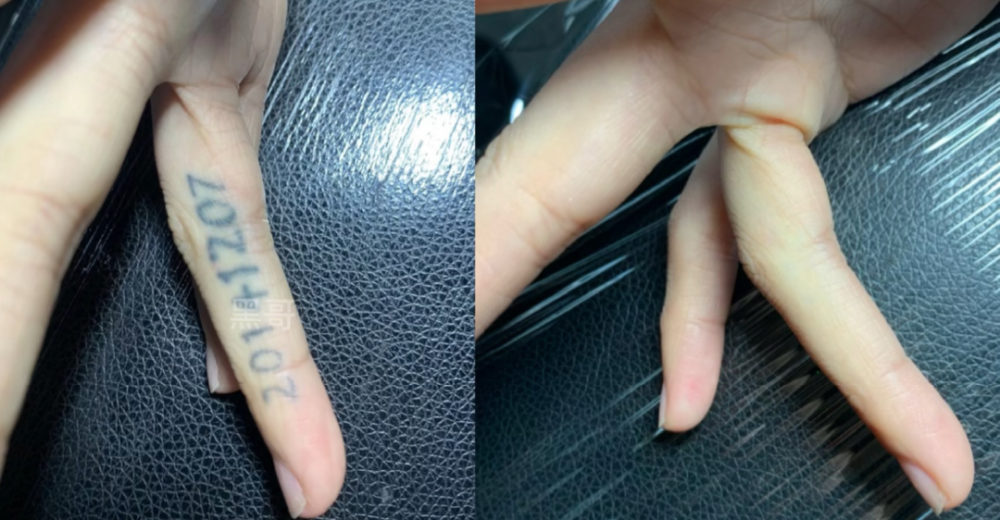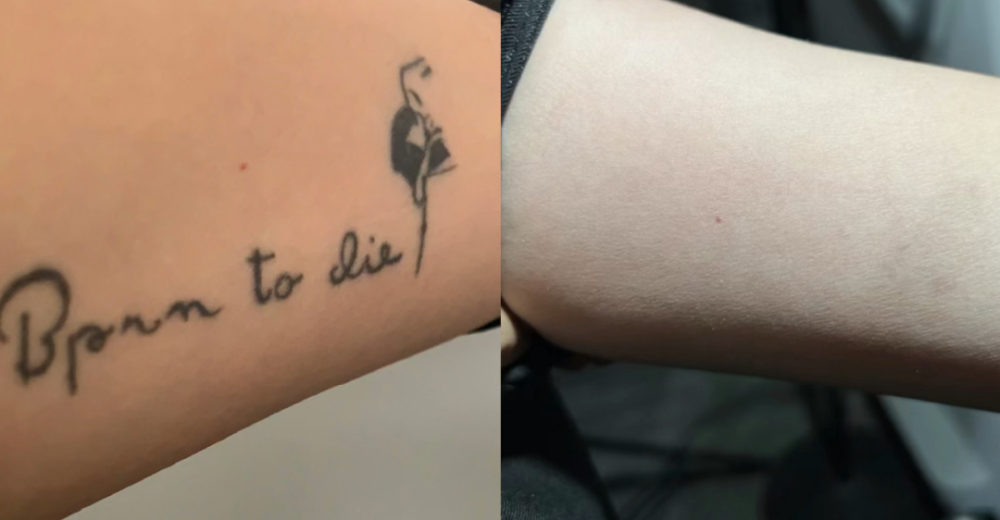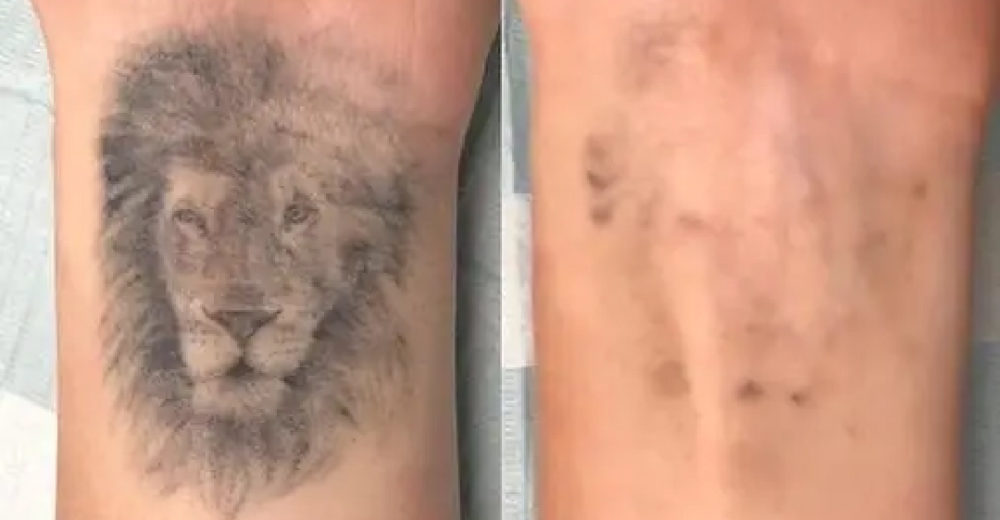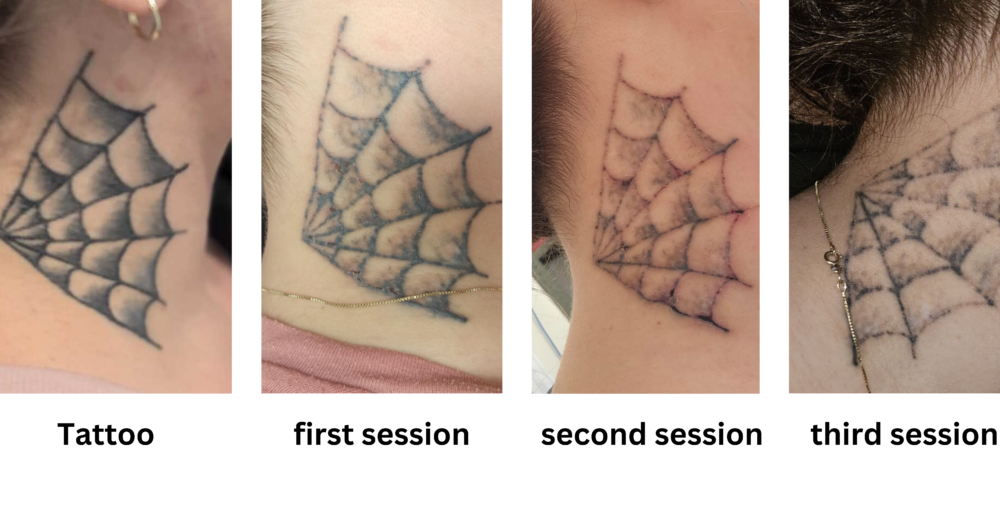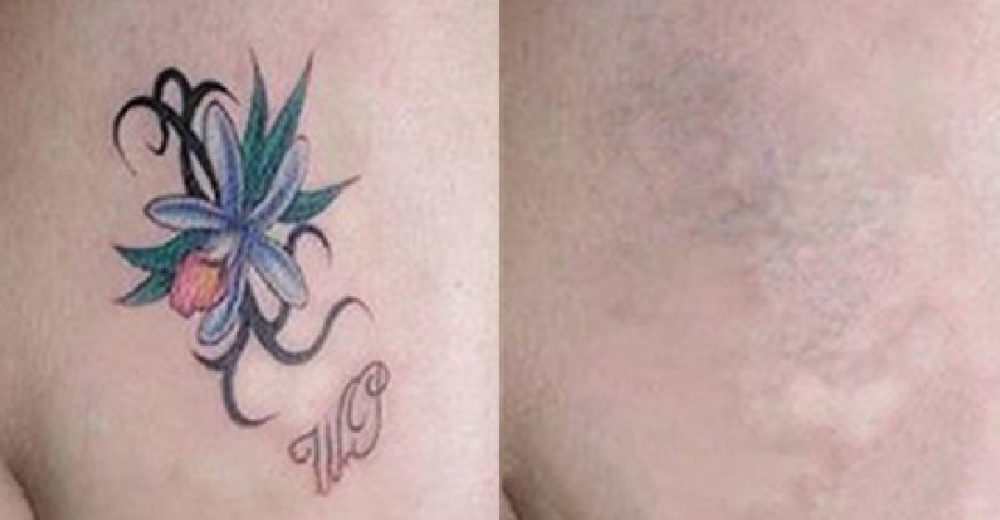Laser Tattoo Removal Reviews in Montreal
Safe & Effective Laser Tattoo Removal at Rico Clinic, Montreal
At Rico Clinic, we specialize in advanced laser tattoo removal designed to safely and effectively eliminate unwanted tattoos. Our state-of-the-art technology targets tattoo ink with precision, breaking down pigment particles so your body can naturally flush them out. Whether you’re looking to fade a design for a cover-up or completely remove a tattoo, our experienced professionals ensure a tailored treatment plan for optimal results.
Transparent Pricing & Personalized Consultations
Tattoo removal costs at our Montreal clinic vary depending on tattoo size, ink color, and skin type. Sessions typically range from $50 to $800, and we offer custom packages for multi-session treatments, making the process more affordable over time. We start with a free consultation to assess your tattoo and provide a personalized quote, so you know exactly what to expect—no surprises.
Why Choose Rico Clinic?
At Rico Clinic, we pride ourselves on delivering a professional, hygienic, and comfortable experience from start to finish. Our non-invasive procedures are FDA-approved and performed by skilled specialists trained in the latest techniques. With a commitment to safety, discretion, and real results, we’re here to guide you through every step of your tattoo removal journey. Book your consultation today and take the first step toward clear skin.
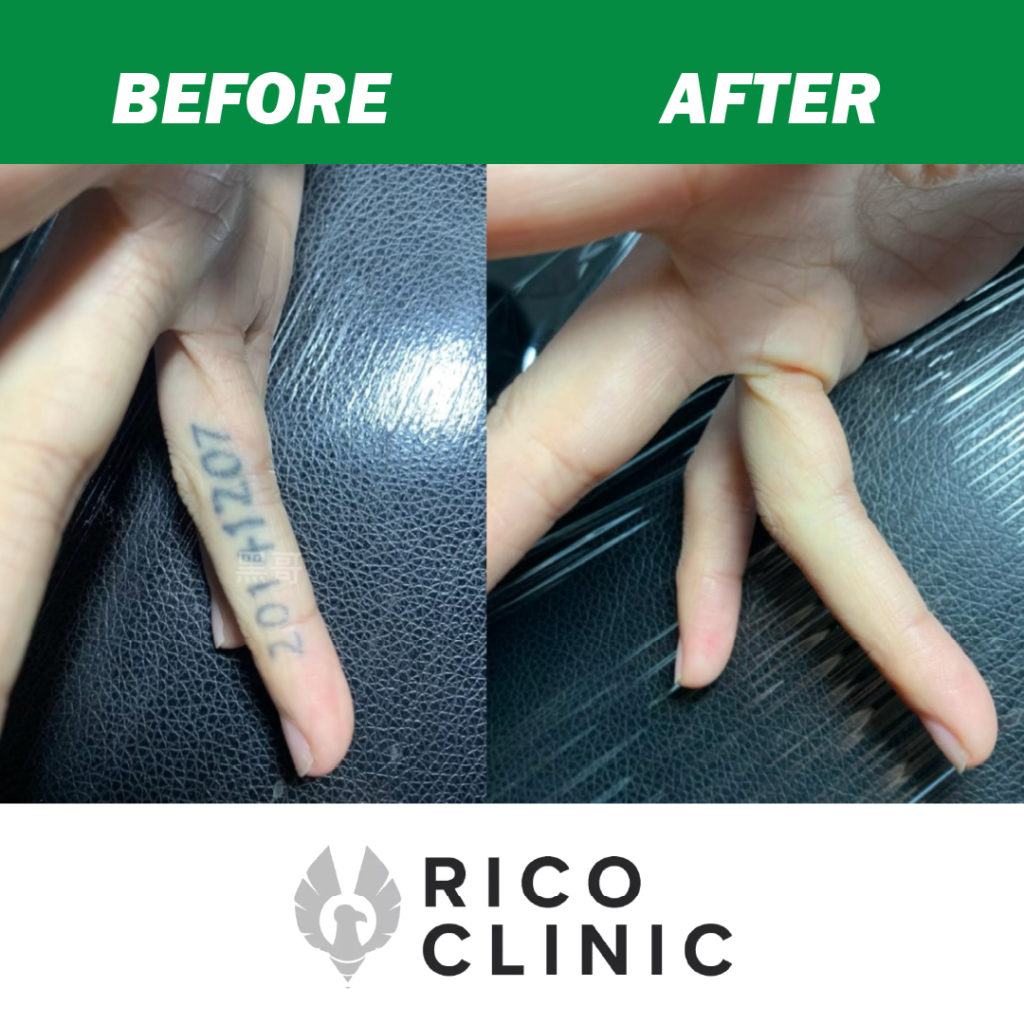
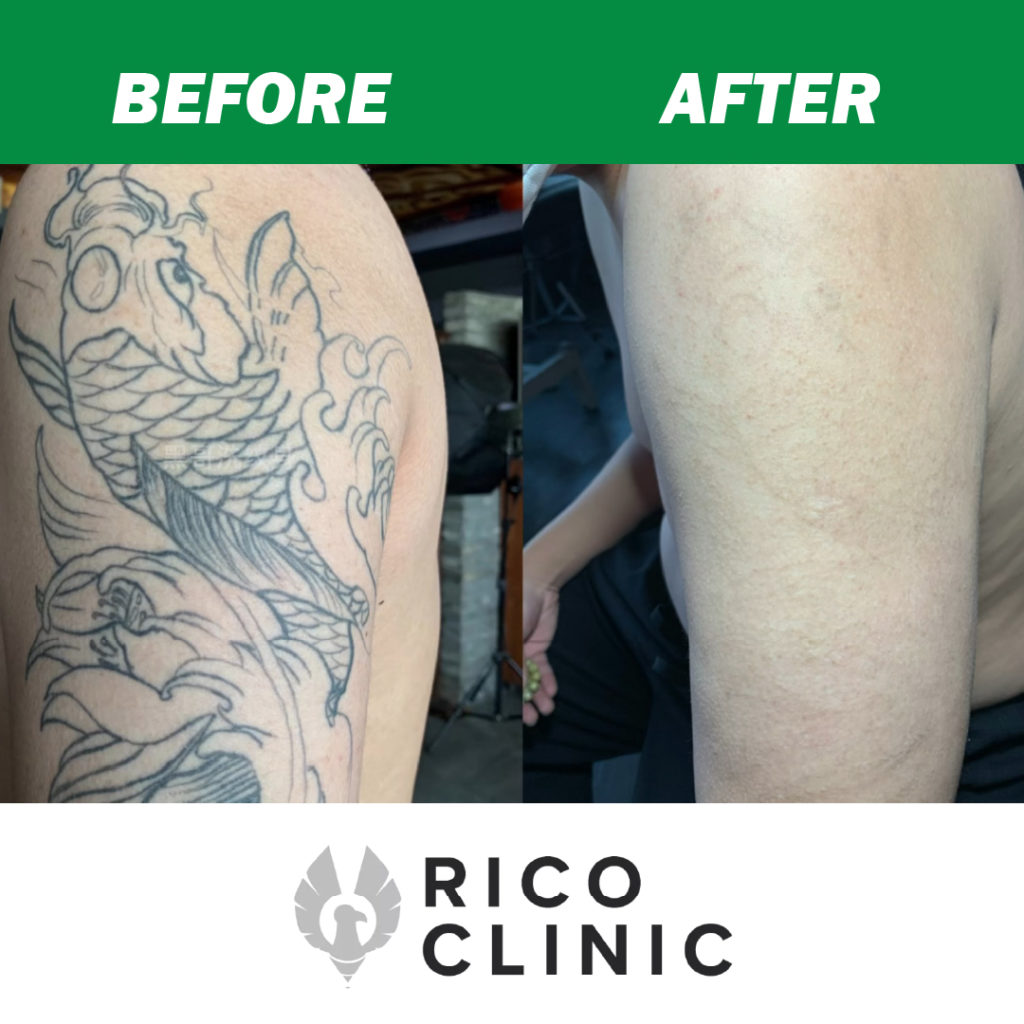
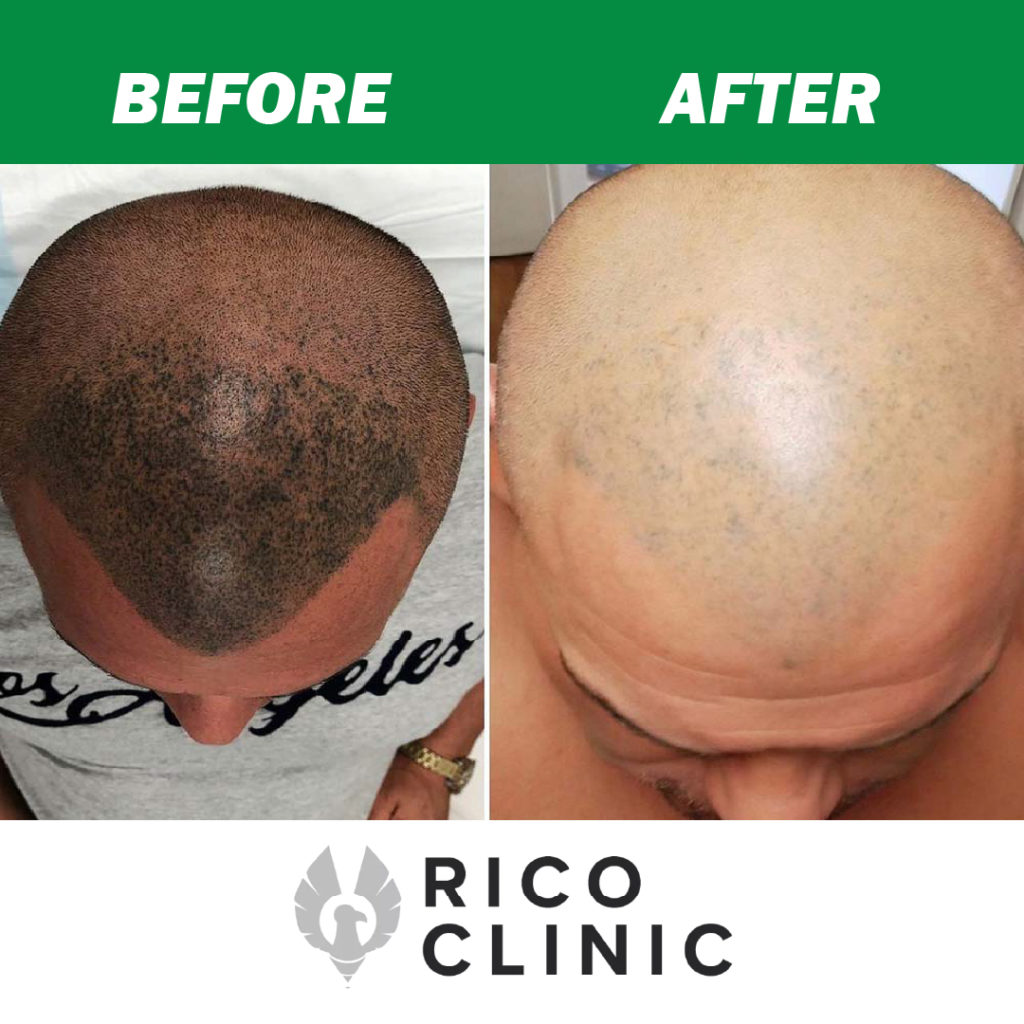
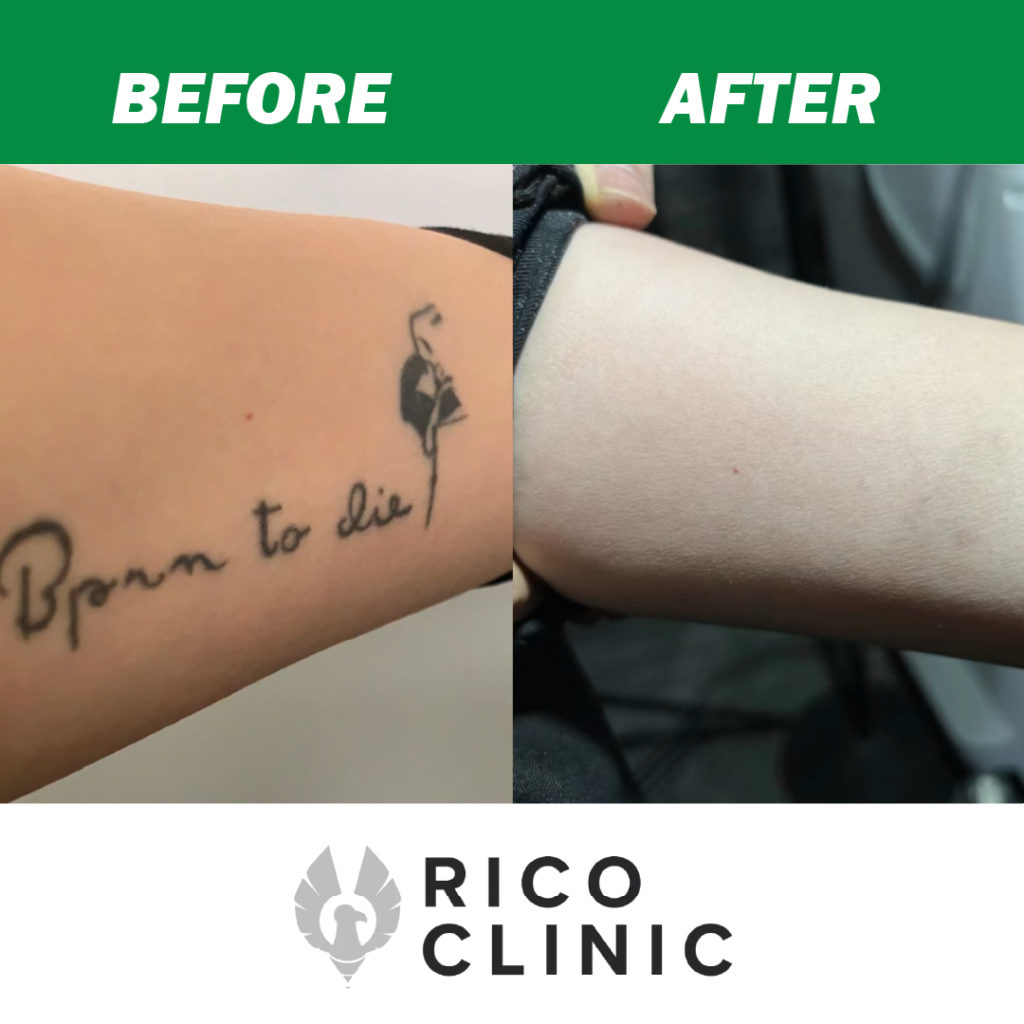
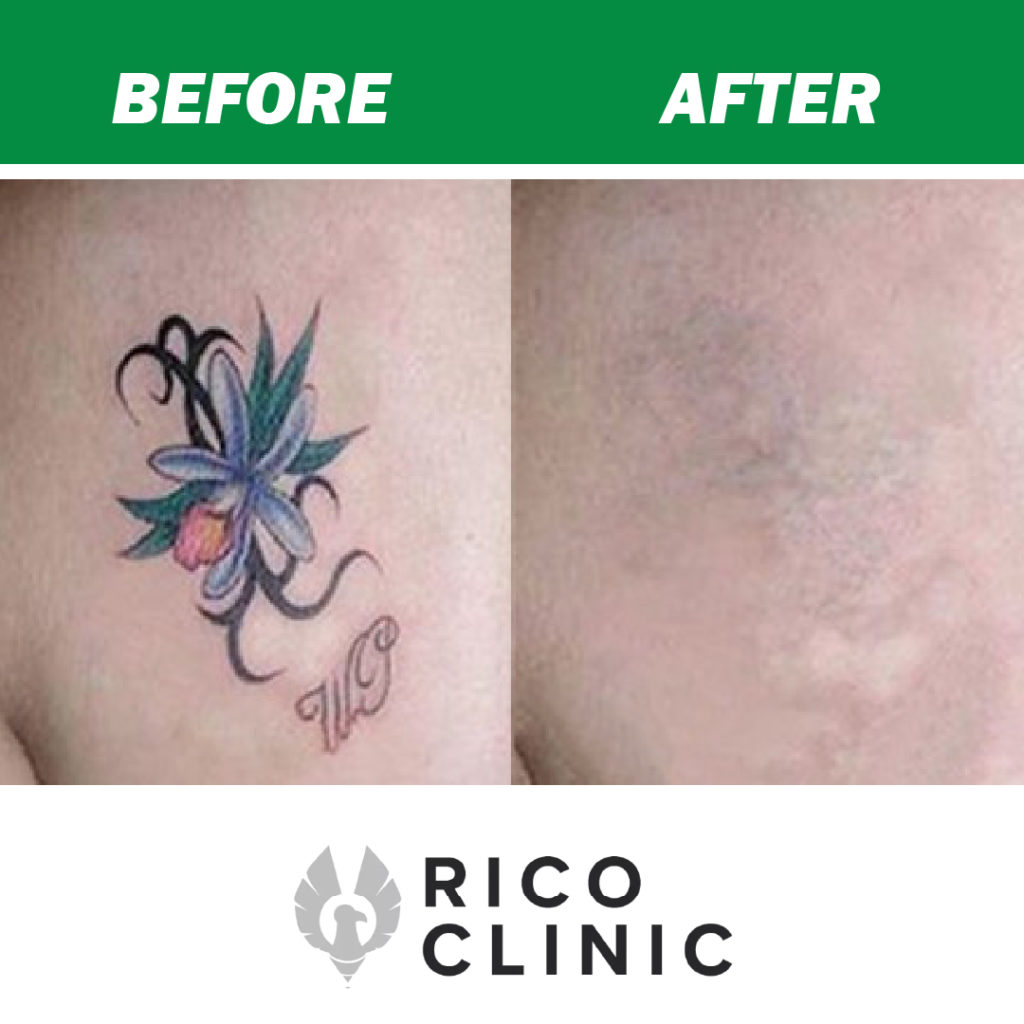
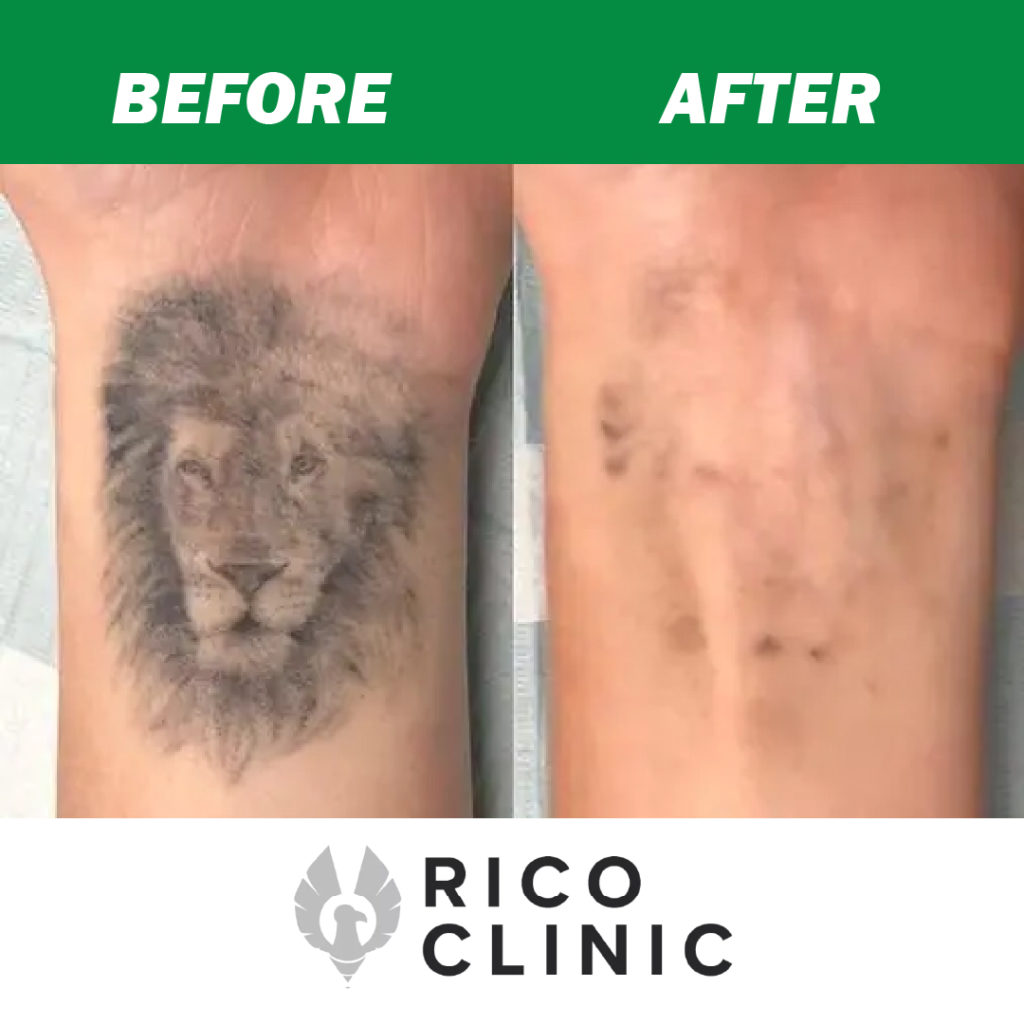
Trusted by Hundreds of Satisfied Clients – Tattoo Removal Reviews
Our reputation speaks for itself—Rico Clinic is proud to have earned numerous 5-star reviews on Google Maps from clients across Montreal. Patients consistently highlight our professionalism, warm customer service, and the visible results they’ve achieved through our laser tattoo removal treatments. Whether it’s your first session or your final visit, we’re committed to making your experience smooth, supportive, and effective every step of the way.






